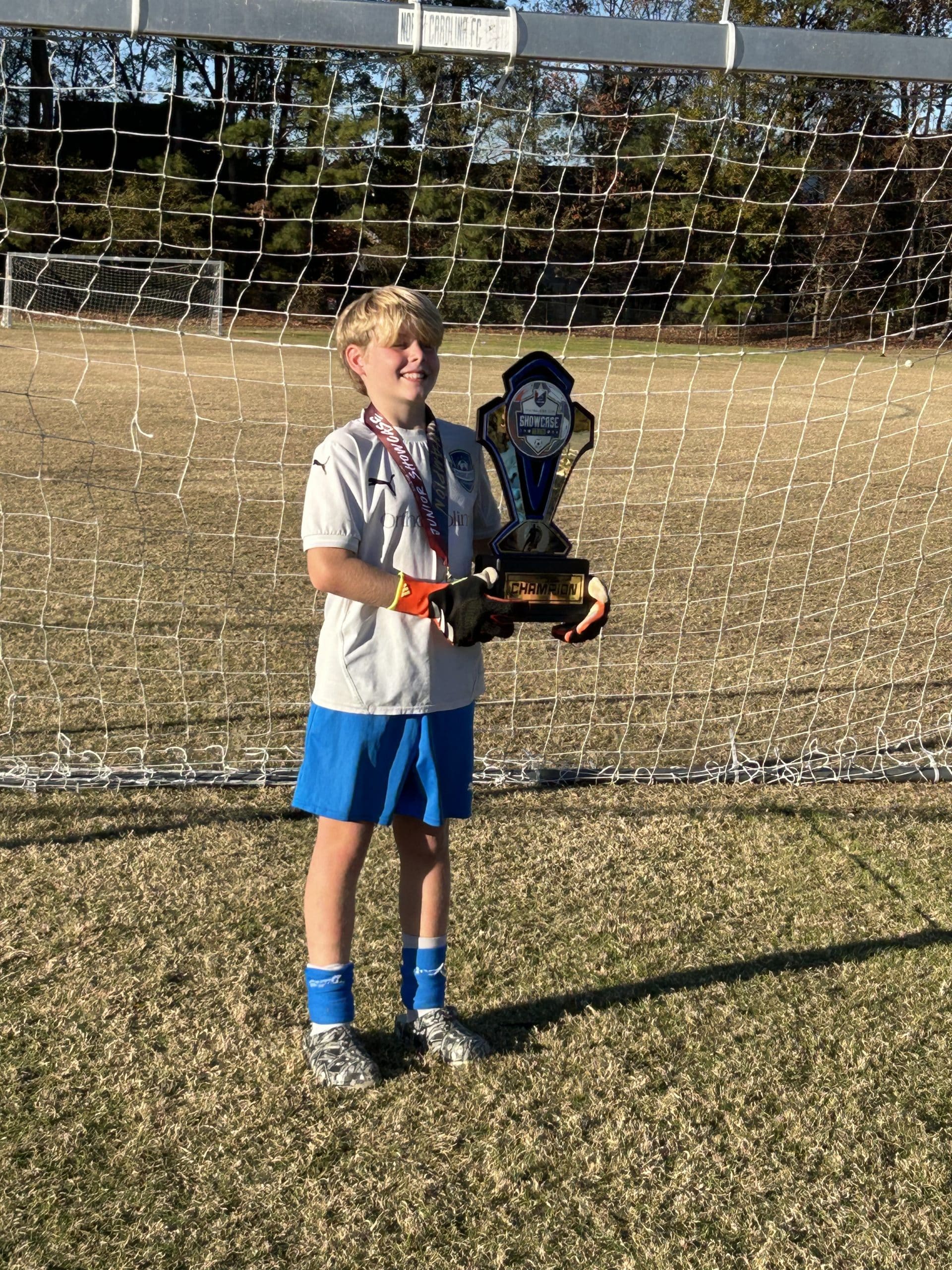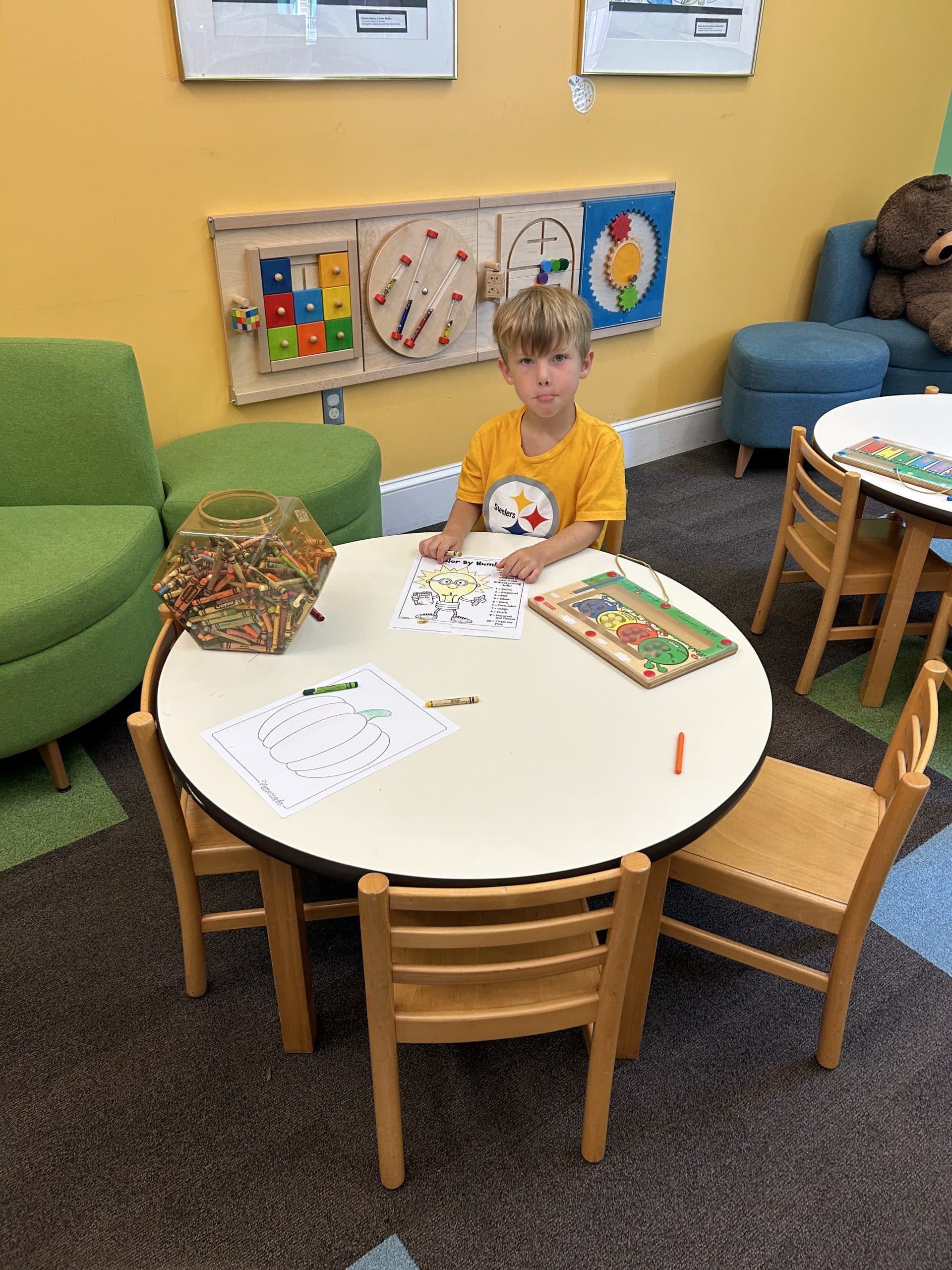Focus and attention are important in school. However, many stimuli contribute to students’ losing focus. Teachers struggle to keep students focused on a lesson. Students lose focus because of distractions, noise, and social interactions. Other factors include lack of sleep, nutrition, stress, and anxiety from the home environment. Many teaching strategies also cause students to lose focus. Lack of focus hurts learning and hinders the retention of information. Students aren’t able to process new information and miss the important details of the lesson.
Focus and Shorter Attention Span
Today, students’ attention spans are shorter than in previous generations. Technology and smartphones have enabled the student’s brain to switch quickly to various stimuli. The increase in media makes it harder for the brain to focus on a particular subject. Thus, shorter attention spans and daydreaming occur. Short attention spans prevent students from focusing on tests, resulting in poor grades.
Some students are only able to sit for short periods, resulting from their short attention span. With the attention constantly searching for different stimuli, students have a difficult time staying calm and focused. This may cause stress and anxiety for the student and teacher.
Strategies for the Short Attention Span
Some approaches are taken in the classroom to help students who lose focus easily.
- Activities that require hands-on or activities that are interactive are best for students. They need to be actively engaged in the learning rather than didactic or passive learning.
- Provide small snippets of content, such as short videos or short group activities between longer lessons. This helps students gain an understanding of the concepts.
- Triggers are important to recognize. Help students to identify their distractions.
- Help students manage their attention through single-tasks instead of multi-tasks. Help them set a clear goal and take short breaks so the brain can process information.
Students with short attention spans struggle with new content. They have problems connecting new information to previous learned content. Work with parents and use strategies to help extend the attention span and find the cause of the problem.



